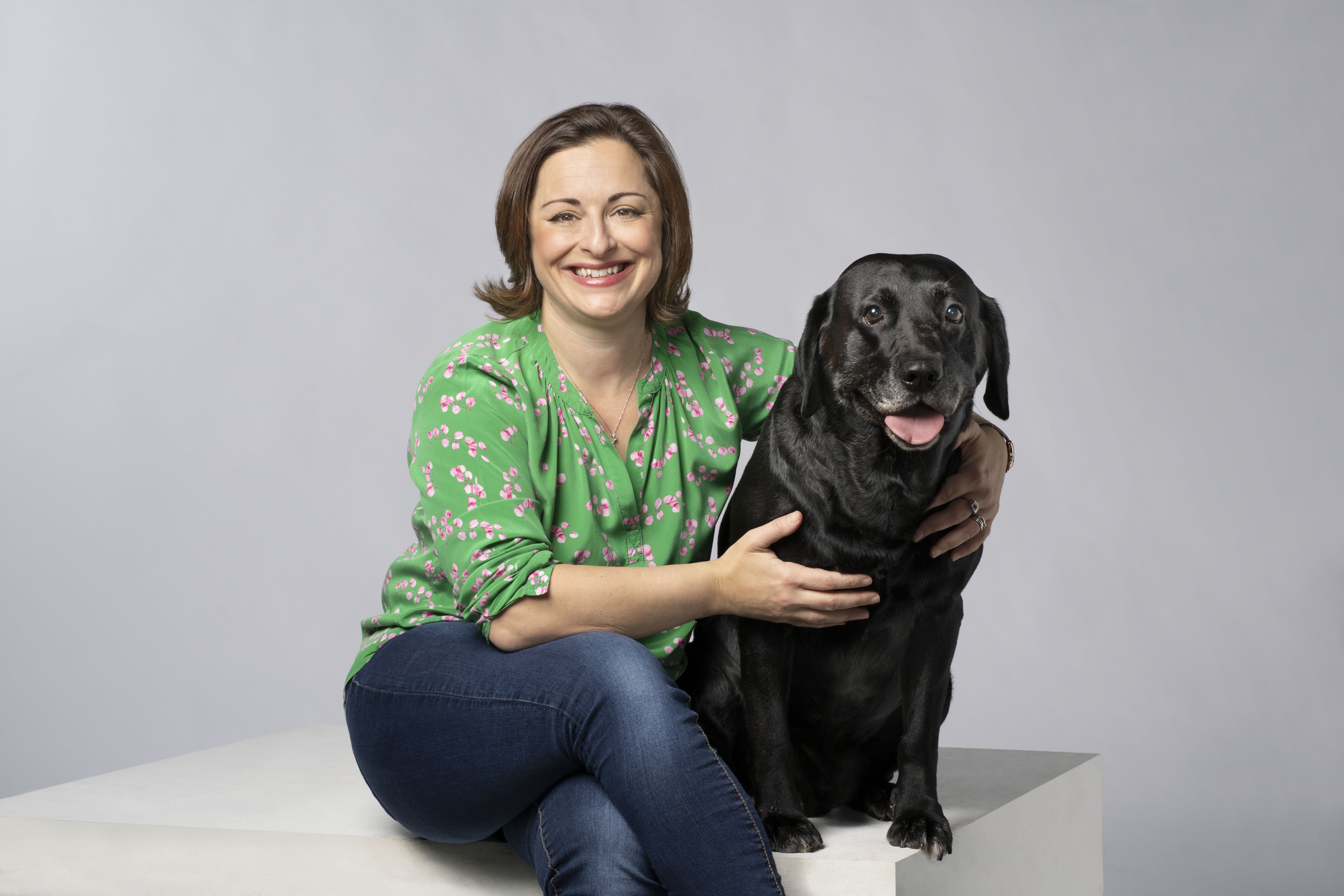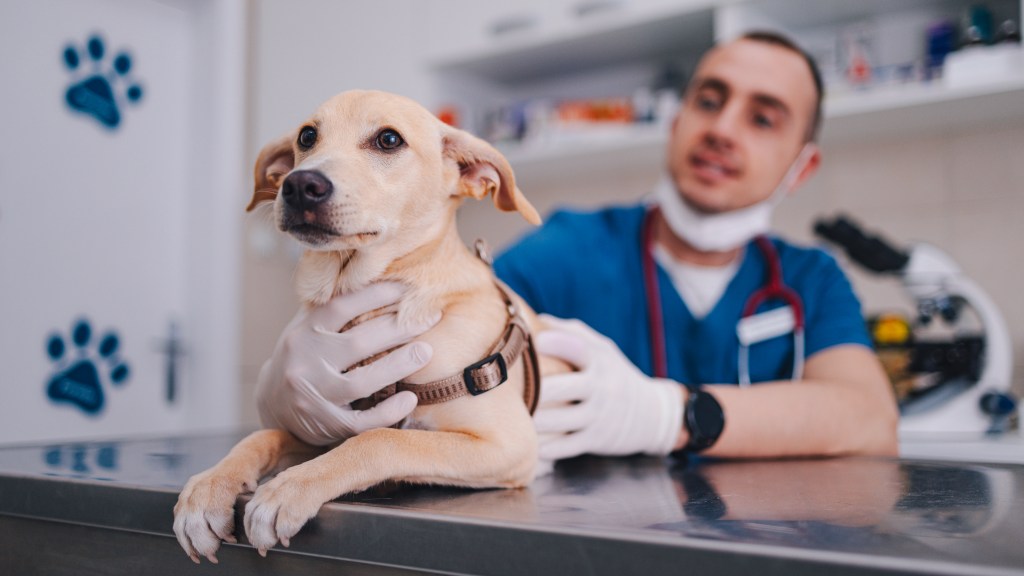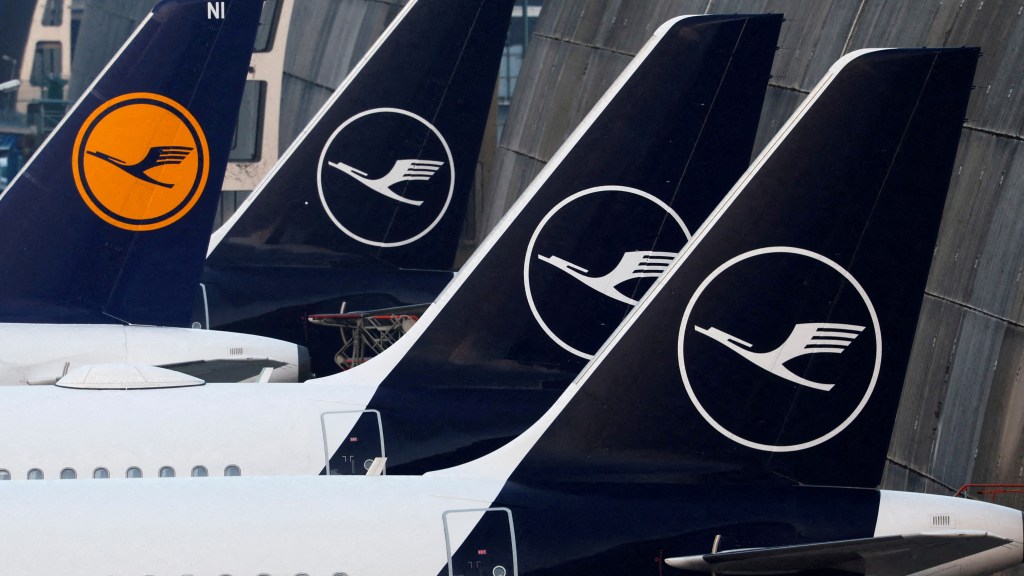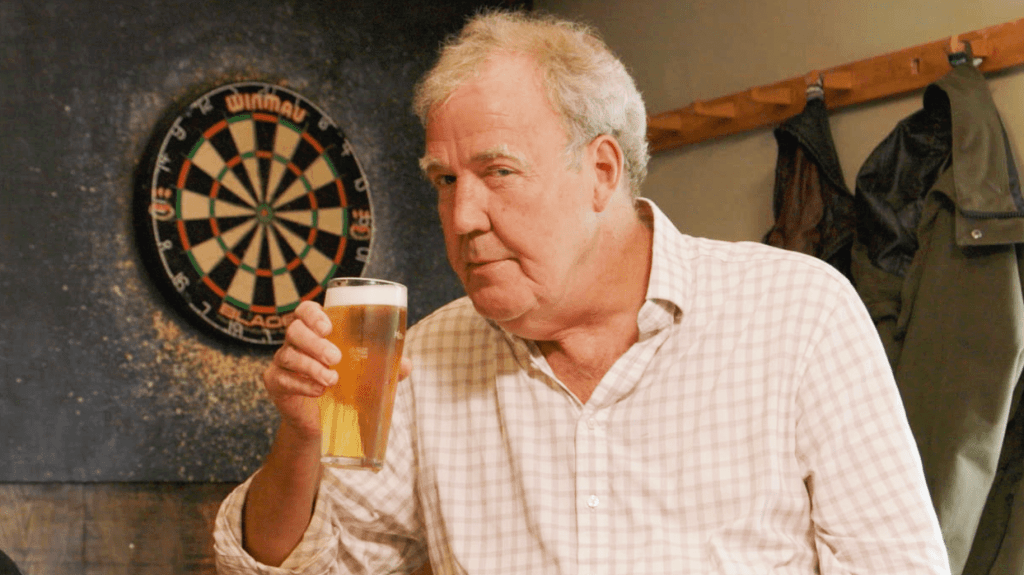Regulator Explores Price Cap and Comparison Platform for Veterinary Services
The Competition and Markets Authority (CMA) is exploring the introduction of a price comparison website for veterinary services and a cap on prescription fees as it investigates the £5 billion veterinary services sector.
In a recent announcement, the regulator outlined potential reforms that could be implemented if its 18-month inquiry reveals that competition within the industry is lacking.
During an initial market review, the CMA received a record 56,000 responses from pet owners and industry professionals expressing concerns about potential overpricing of veterinary medicines, as well as the transparency of pricing and ownership structures. The high markup on medications—often three to four times the purchase price—has raised issues for many.
The 162-page working paper from the CMA lists 28 possible reforms, leading to a positive response from investors, particularly in CVS Group’s shares on the London Stock Exchange, as well as from Pets at Home, which operates the Vets for Pets practices in collaboration with local veterinarians.
Investors appeared optimistic that the regulator’s focus was primarily on transparency-enhancing measures rather than severe price controls or drastic business divestments.

Among the regulator’s considerations is a requirement for veterinary businesses to disclose more pertinent information to pet owners, including treatment prices, service offerings, ownership information, and quality metrics. The introduction of a comparison site for veterinary practices is also on the table, as well as preventing businesses from implementing targets that might restrict vets’ clinical autonomy.
Other proposals involve mandating veterinarians to provide prescriptions for at-home medications, allowing pet owners the option to purchase medicines either through the veterinary practice or online, potentially at lower prices. The suggestion of capping prescription fees and instituting a temporary freeze on medicine prices has also been made to prevent further price hikes while new policies are established.
A new regulatory framework for vet practices and non-veterinary personnel working within them may also be implemented.
The CMA intends to engage with industry stakeholders and is aiming to release a provisional decision by summer, with a final resolution expected in November.
An analyst at RBC noted: “This development appears favorable, as any pricing controls being evaluated seem limited, with a primary emphasis on enhancing transparency and comparability across veterinary services and the associated value chain.”
Investec analysts shared a similar view, indicating to clients that the document’s tone represents a positive outlook for the industry.
On the stock market, CVS shares (one of the UK’s leading listed veterinary firms) increased by 148p (13.8 percent) to £12.24 in afternoon trading, though they remain approximately 42 percent lower since regulatory intervention began. Similarly, Pets at Home, led by CEO Lyssa McGowan, saw its shares rise by 5p (2.5 percent) to 242½p.
Elizabeth Mullineaux, president of the British Veterinary Association, remarked that many of the CMA’s proposed measures resonate well, particularly regarding transparency and communication improvements. However, she expressed some reservations about certain remedies suggested, especially concerning medications, out-of-hours care, cremation services, and standardized pricing.
A representative from IVC Evidensia, Europe’s largest veterinary provider considering a possible stock market flotation, urged the CMA to expedite its investigation to alleviate the ongoing uncertainty affecting the sector, UK veterinary professionals, and overall investment in the nation.




Post Comment